Today’s sharing
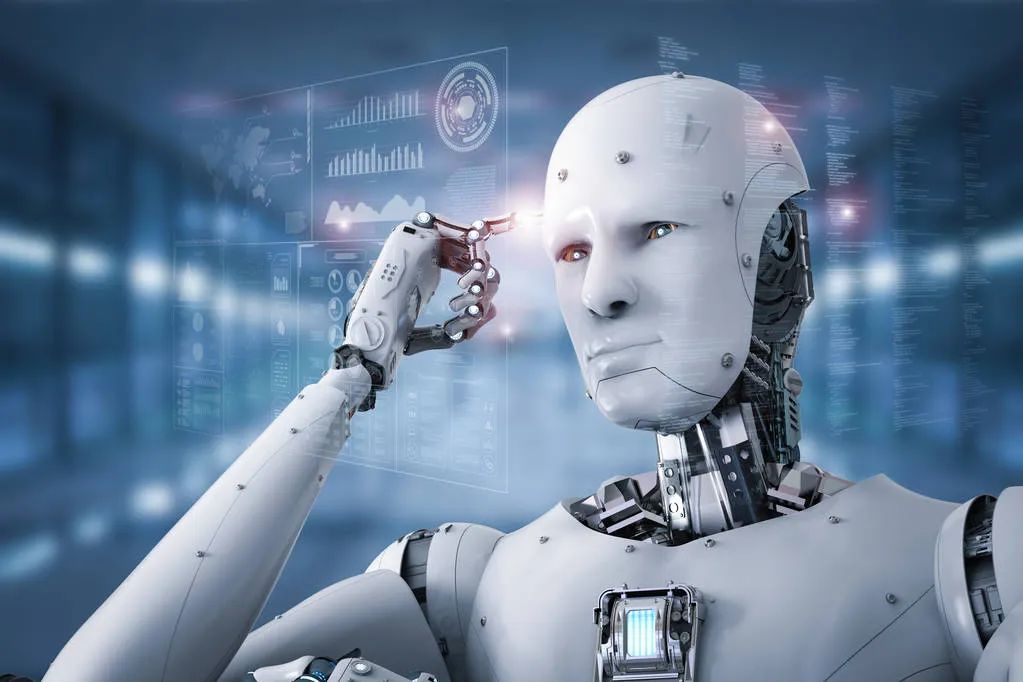
Are Robots AI?
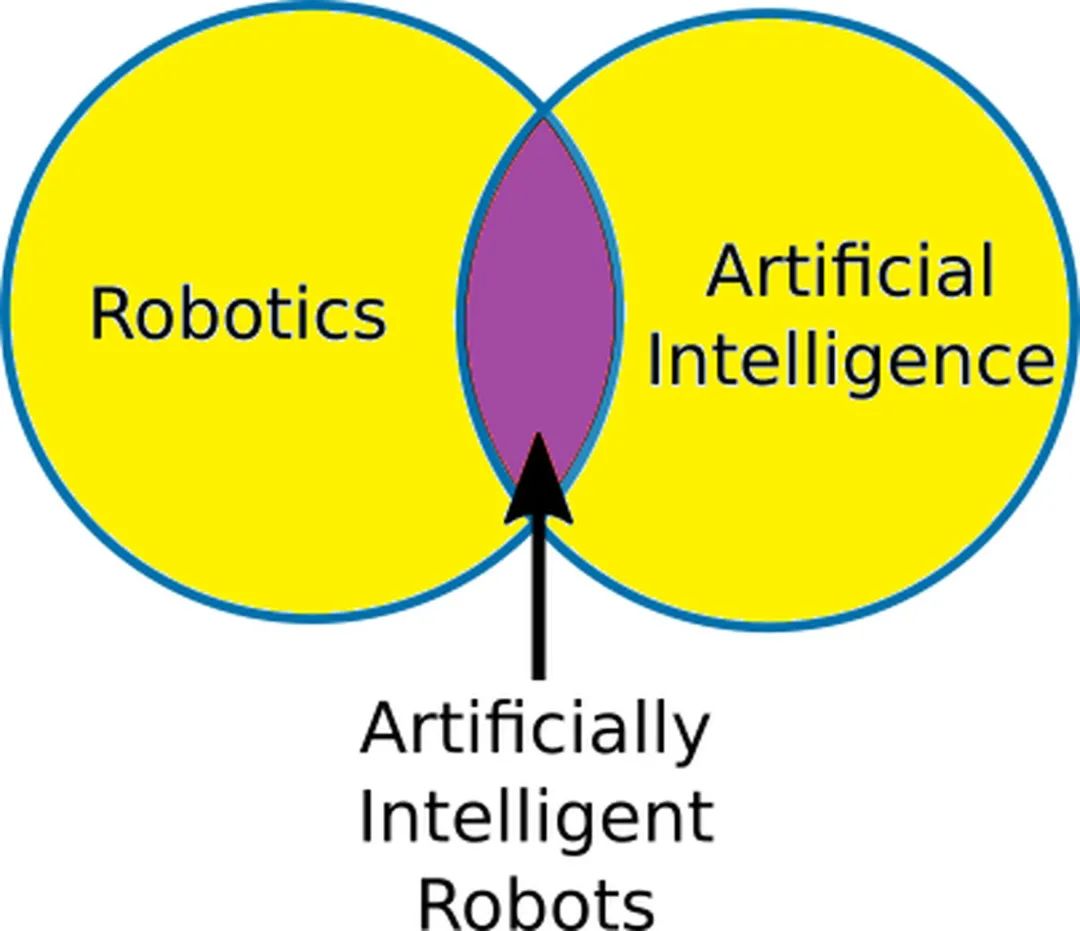
What is Robotics?
-
All robots utilize some form of mechanical design. The mechanical components of robots help them operate in their original environments. For example, the independent electric titanium tube wheels of the Mars 2020 Rover help it maintain a firm grip on the challenging surface of the red planet, Mars.
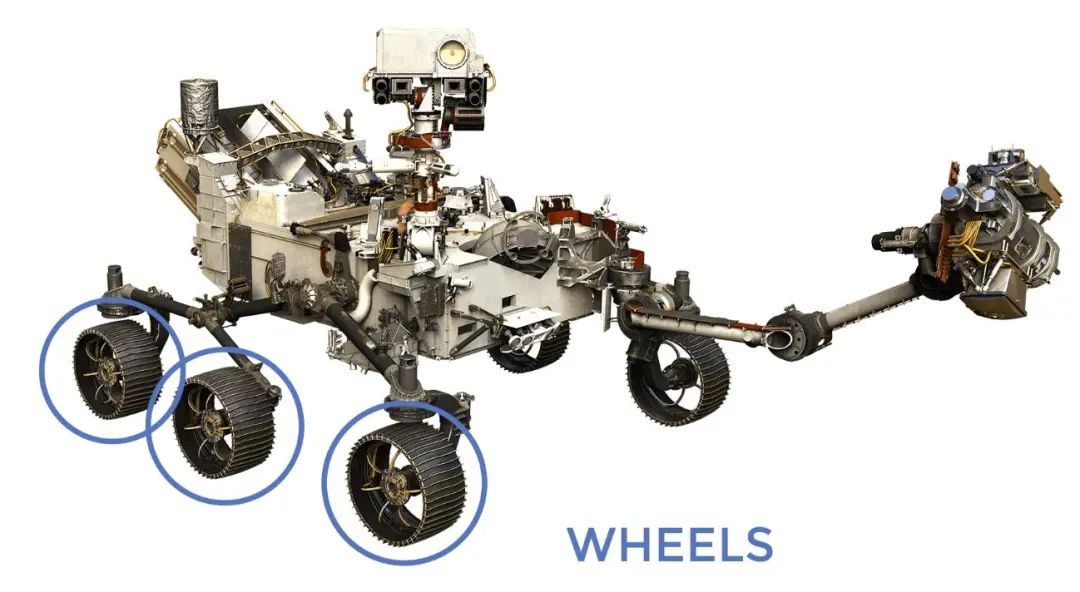
-
The electrical components are essential for controlling and driving the robot’s mechanics. Essentially, most robots require current to operate (e.g., batteries).
-
Robots are programmed to some extent. If a robot does not have a set of instructions telling it what to do, it would be another basic machine. Robots can know when and how to complete tasks through programming.
What is Artificial Intelligence?
Applications of AI in Robotics: What are AI Robots?

Autonomous Mobile Robots (AMR)
-
They can capture information using 3D cameras and LiDAR sensors.
-
Analyze the obtained data and summarize their environment and overall objectives.
-
Adjust behavior for optimal outcomes.
Articulated Robots (Robotic Arms)
Collaborative Robots
The Difference Between Robots and AI
|
|
|
|
|
|
|
|
|
|
|
|
|
|
|
Terminology
Technology
Applications
Examples of AI in Robotics
Starship Delivery Robots

PEPPER Humanoid Robot
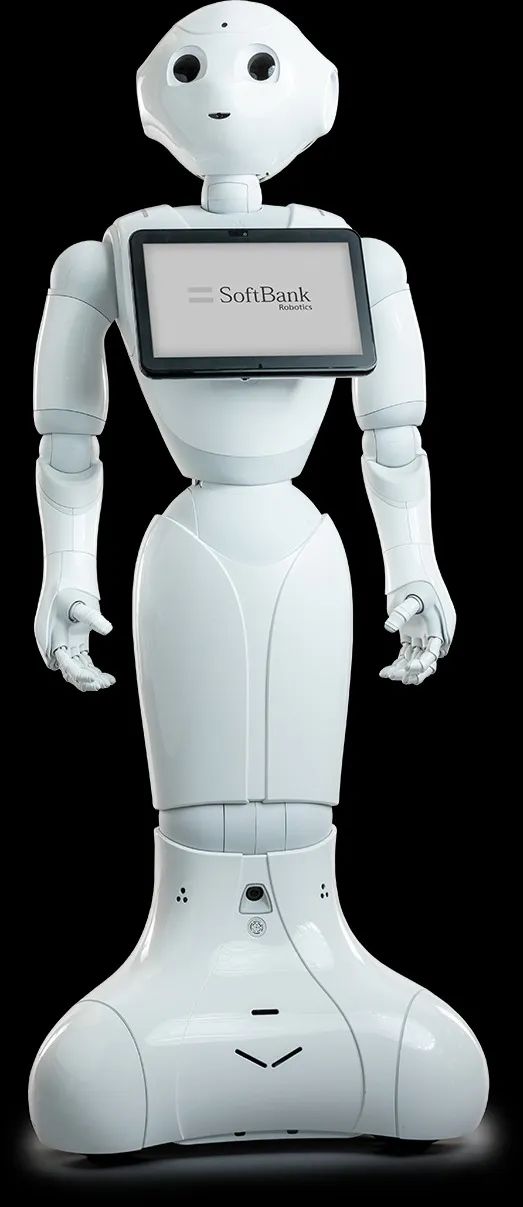
Penny Restaurant Robot
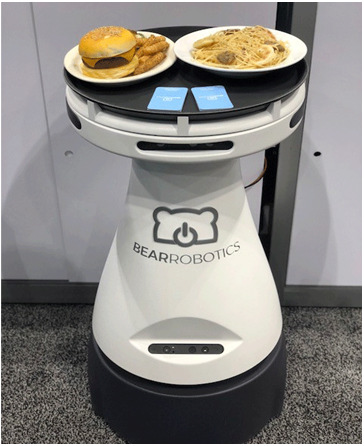
NIMBO Security Robot

Shadow Robot Dexterous Hand
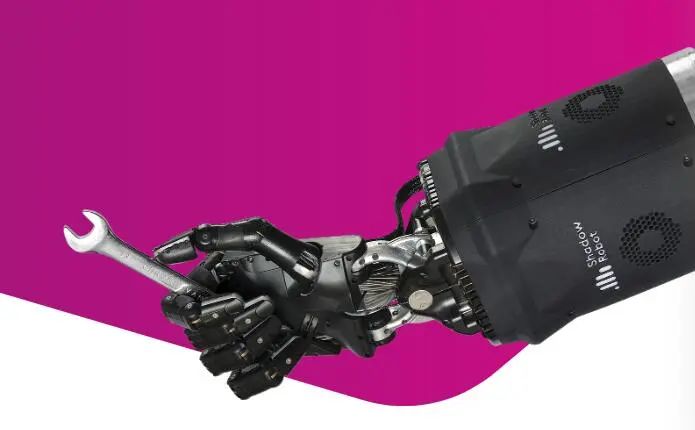
MOLEY Robot Kitchen System
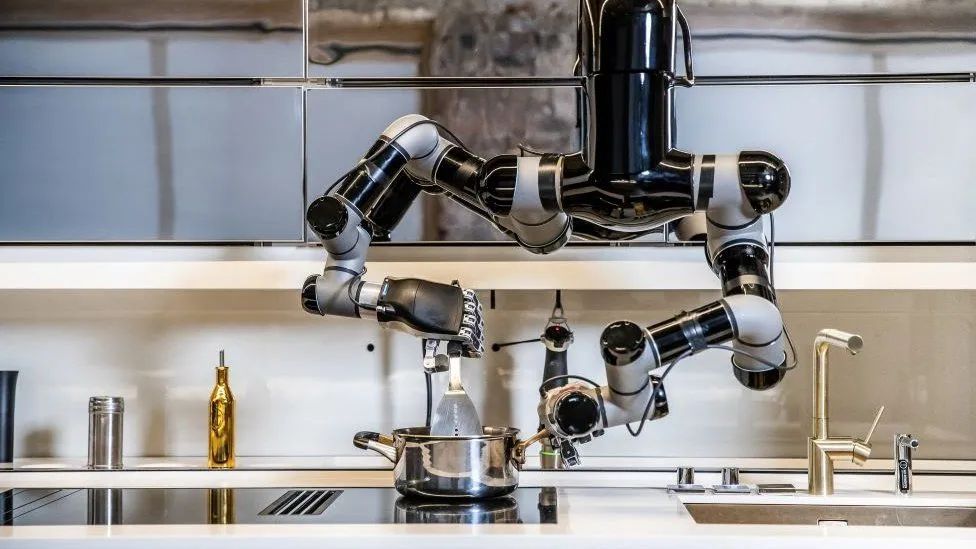
FLIPPY Robot Kitchen Assistant
NOMAGIC Pick-and-Place Robot
Scaled Robotics Construction Site Monitoring Robot
Promobot Promotional Robot
AI Robot Companies
Diligent Robotics
Boston Dynamics
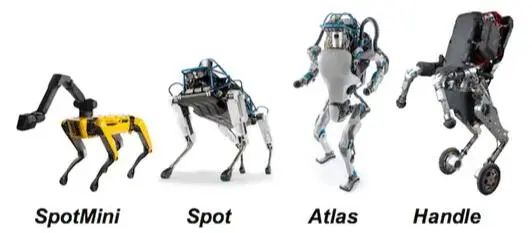
Miso Robotics
Conclusion
